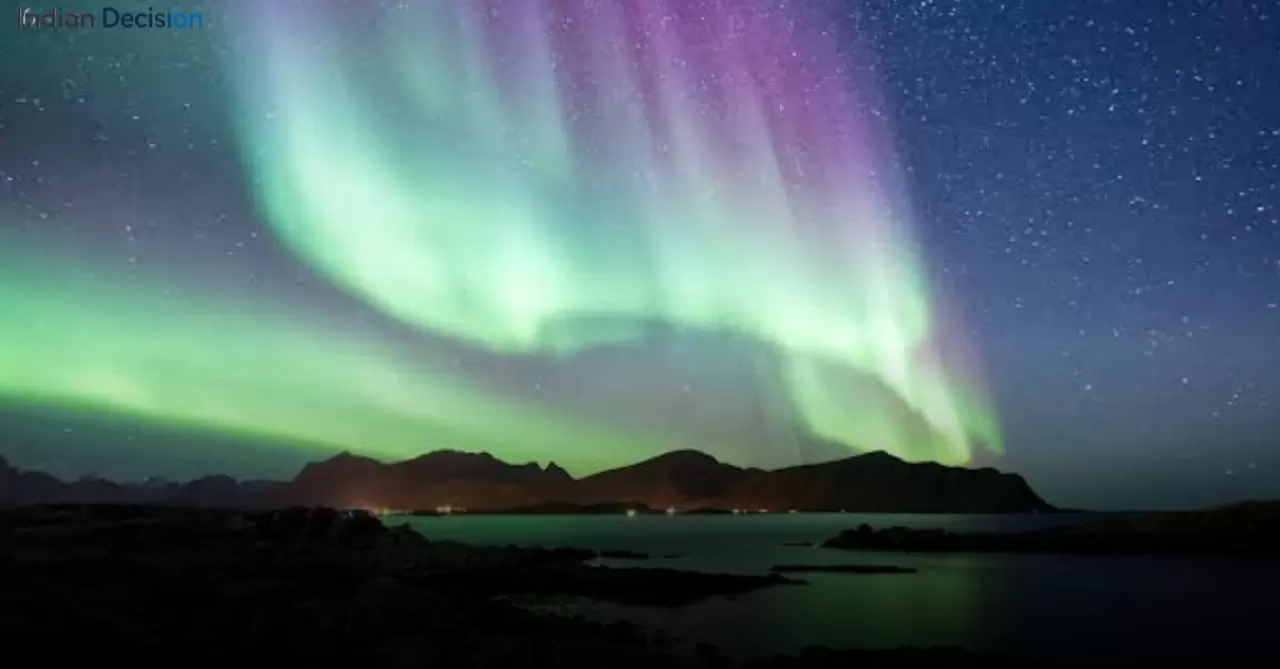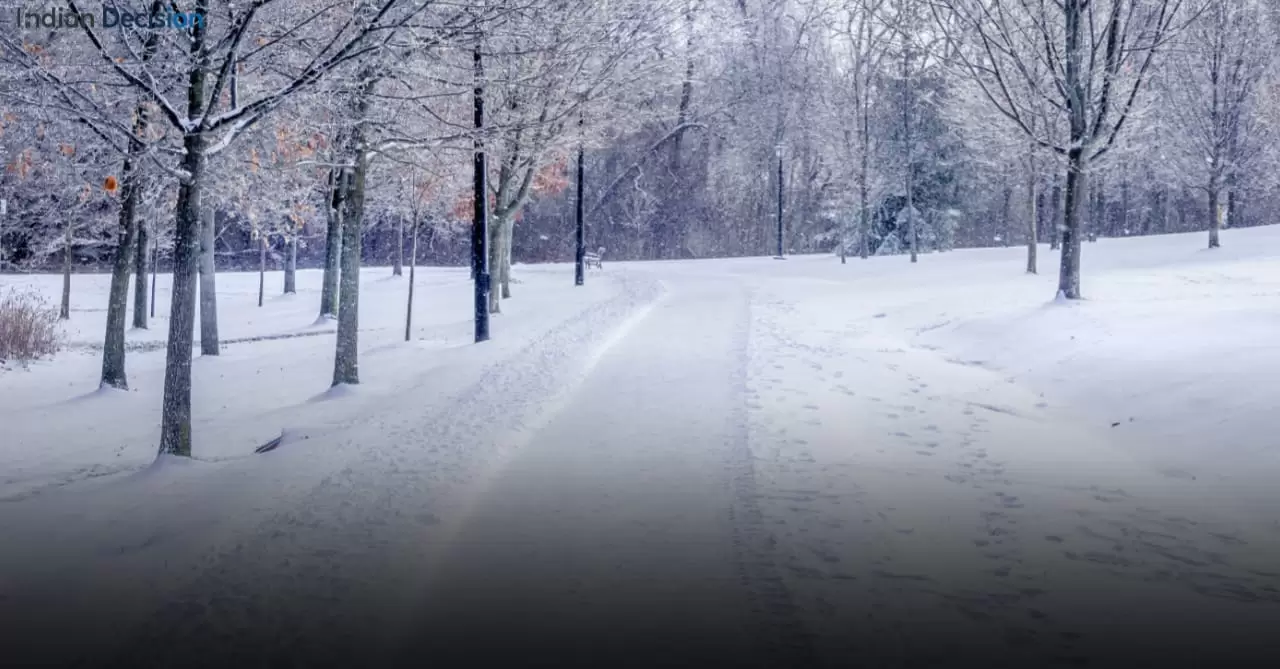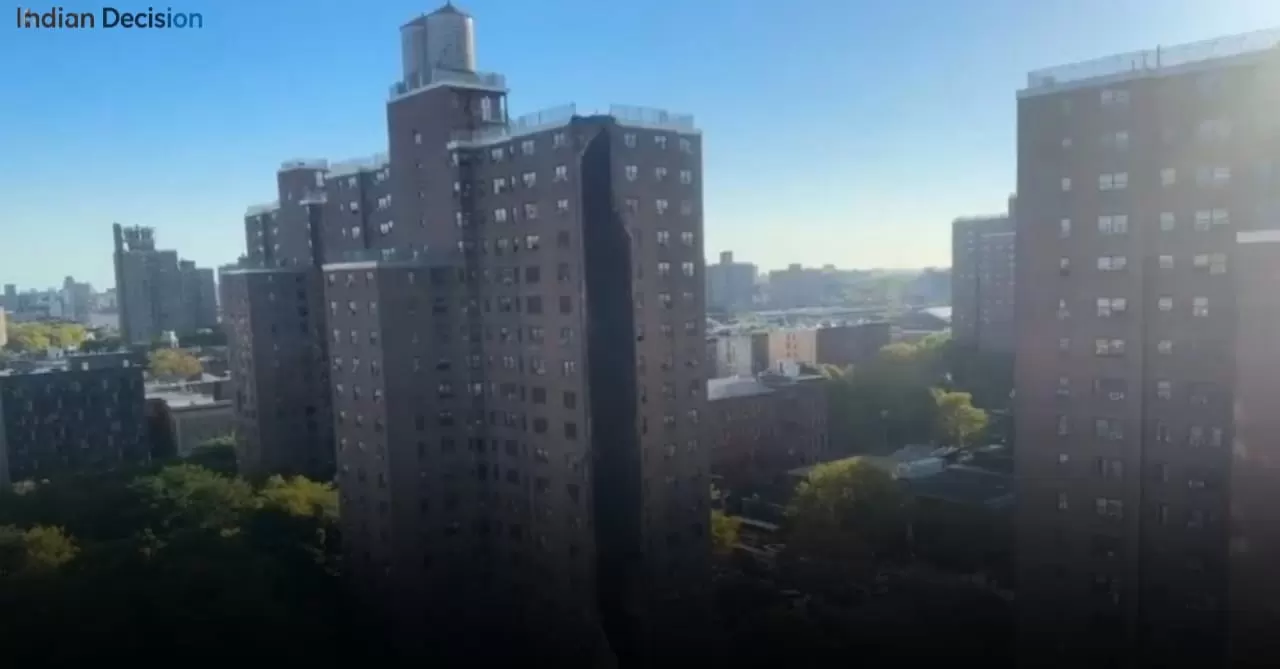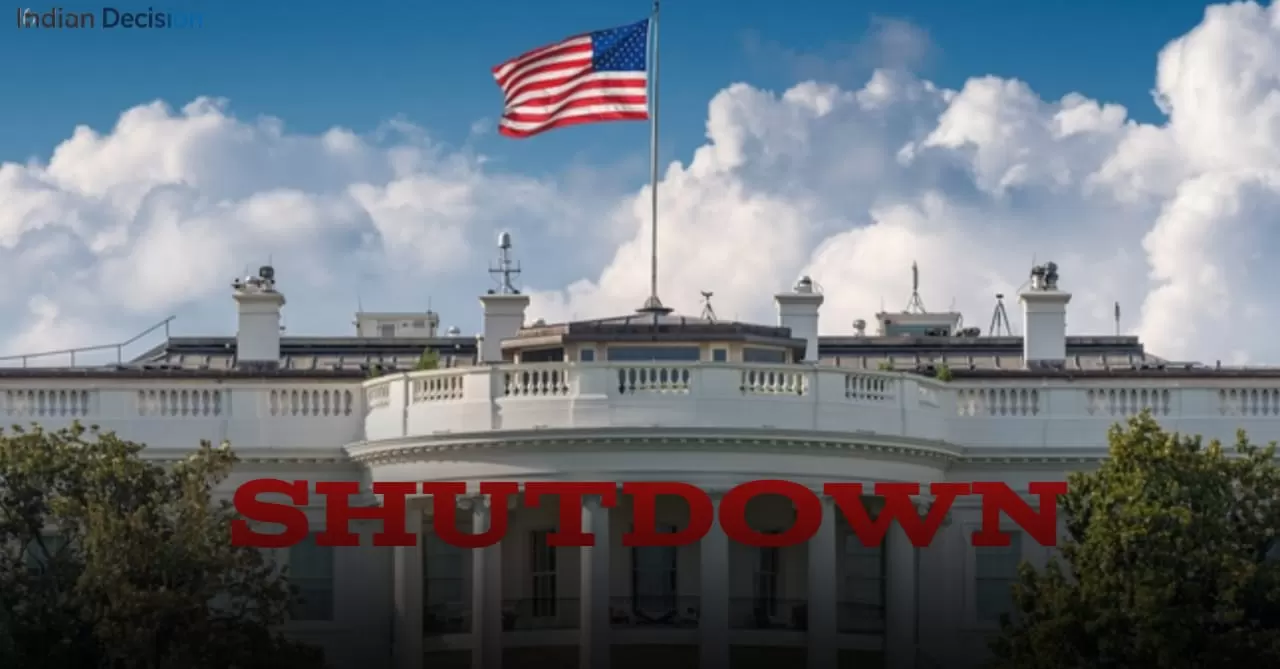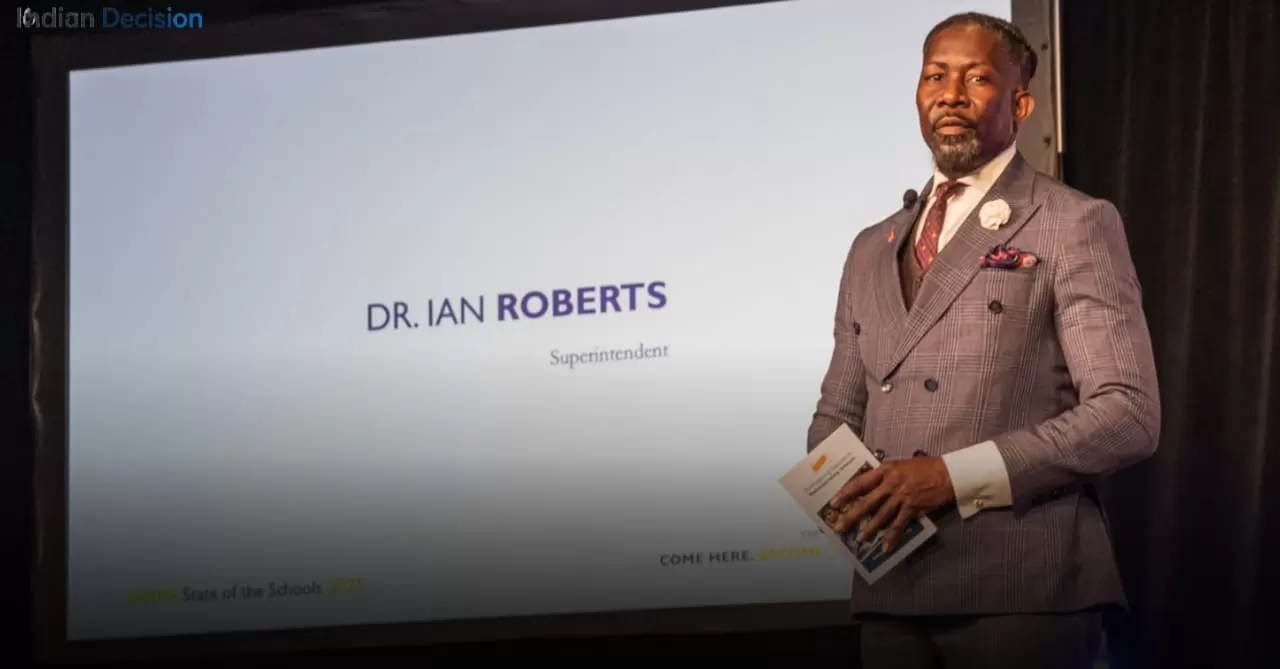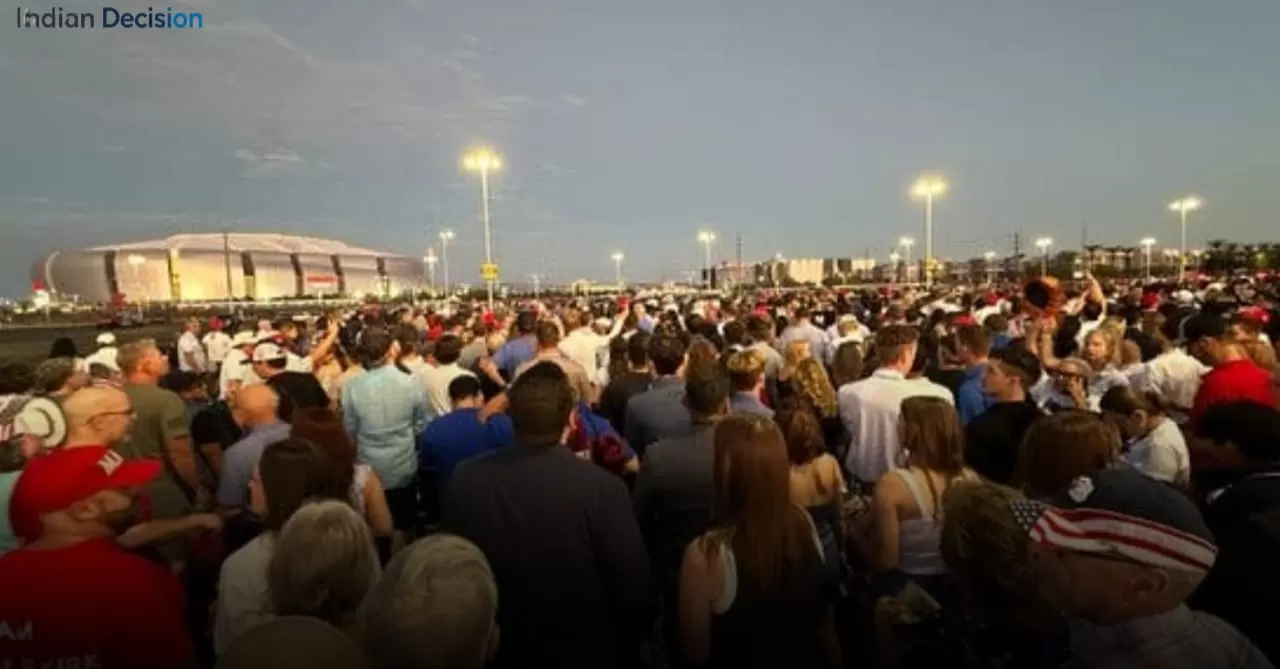Can you see the Northern Lights tonight?
Yes. A powerful burst of solar energy is setting the stage for a rare sky show across the United States. On 10 September 2025, forecasters say the northern lights could dip far south of their usual range, reaching into the Upper Midwest. Chicago, Milwaukee, Green Bay, and much of northern Michigan are all in play if the skies clear. Whether or not you catch the glow will depend on local cloud cover, how dark your surroundings are, and the exact timing of the solar storm’s arrival.
What’s causing the show: the geomagnetic storm explained
The phenomenon begins 93 million miles away. Over the weekend, the Sun ejected large amounts of plasma in a series of coronal mass ejections (CMEs). As those charged particles slam into Earth’s magnetic field, they disturb the magnetosphere and trigger geomagnetic storms. According to the NOAA Space Weather Prediction Center (SWPC), current watches are pegged at G2–G3 intensity, with the possibility of short-lived stronger surges. That strength is enough to push auroral activity south of Canada, making it visible to millions of people who rarely get the chance.
NOAA’s forecasts are updated in near real-time thanks to spacecraft monitoring the solar wind. This means conditions can shift quickly, which is why aurora predictions are often made in ranges rather than absolutes.
Where in the Midwest you have a shot
Local outlets from Chicago to northern Michigan are highlighting the unusual opportunity tonight. The closer you are to rural skies, the better. Chicago residents may catch a faint green or reddish glow on the horizon, while communities in Wisconsin and the Upper Peninsula could see more vibrant arcs if activity peaks. A clear view to the north and distance from urban light pollution dramatically increases your odds.
Visibility also ties to the Kp index, the standard measure of geomagnetic activity. Forecasts suggest levels of Kp 6 or higher, which often delivers auroras across Wisconsin and Michigan and sometimes into Illinois. If the storm flares even stronger, cities farther south could join in.
How to maximize your chances of seeing the lights
- Leave city lights behind. Head north toward darker areas, especially near Lake Michigan’s shoreline or rural stretches of Wisconsin and Michigan.
- Check real-time tools such as NOAA’s Aurora Dashboard and the 30-minute aurora forecast before heading out. A sudden spike in Kp values means your chances improve dramatically.
- Use your camera wisely. Even if your eyes catch only a faint glow, long-exposure photography or phones with night mode can reveal dramatic ribbons of color.
- Be patient. Auroras can fade and return in bursts. Dress warmly and be ready for a long night under the sky.
Possible impacts beyond the sky show
While the northern lights are the most visible side effect, geomagnetic storms carry real-world consequences. G2–G3 events can disrupt high-frequency radio signals, affect GPS accuracy, and put minor stress on power grids. Satellite operators often issue advisories during such events, although the impacts are typically manageable. For most people on the ground, the only noticeable effect will be the shimmering sky overhead.
Live resources to follow right now
Space weather conditions shift quickly, so staying informed is key. The following sources provide near real-time updates:
- NOAA SWPC Aurora Dashboard
- NOAA’s 30-minute aurora forecast
- SpaceWeatherLive.com for Kp charts and solar wind data
- Local news outlets and weather stations across the Midwest
FAQs
Q. What time will the Northern Lights be visible?
A. Auroras are most likely after local sunset and can last into the early hours of the morning. Tonight’s peak depends on when the CME strikes Earth, but the best window is typically between 9 p.m. and 2 a.m. local time. Always check short-term forecasts before heading out.
Q. Will I see vivid colors like the photos on social media?
A. The naked eye may only pick up faint green or pale red hues. Cameras, especially with long exposures, exaggerate the colors and structures. What you see in person will be subtler but no less remarkable for its rarity.
Q. Is it safe to go look for the aurora?
A. Yes. Viewing the aurora poses no risk. The storm affects Earth’s magnetic field high above the atmosphere, not the ground. The usual cautions apply: dress warmly, bring a flashlight, and be cautious if you’re traveling to remote areas late at night.
Key Takeaway
On 10 September 2025, a strong solar eruption is giving much of the U.S. Midwest a rare chance to see the northern lights. Chicago, Wisconsin, and northern Michigan are prime viewing zones if conditions hold. The keys are simple: seek out dark skies, keep an eye on live space weather updates, and be ready to wait. Even a faint aurora is a sight that stays with you, and tonight could deliver something unforgettable.
For real-time maps and forecasts, bookmark the NOAA SWPC Aurora Dashboard and stay tuned to local updates as the evening unfolds.

